Description
The Vertebrata is one of the most speciose groups of animals, comprising more than 58,000 living species. “ It includes hundreds of illustrations, as well as numerous tables showing the homologies between the muscles of all the major extant vertebrate taxa, including lampreys, elasmobranchs, hagfish, coelacanths, dipnoans, actinistians, teleosts, halecomorphs, ginglymodians, chondrosteans, caecilians, anurans, urodeles, turtles, lepidosaurs, crocodylians, birds, and mammals such as monotremes, rodents, tree-shrews, flying lemurs and primates, including modern humans. Muscles of Vertebrates: Comparative Anatomy, Evolution, Homologies and Development will be useful to students, teachers, and researchers working in fields such as functional morphology, ecomorphology, evolutionary developmental biology, zoology, molecular biology, evolution, and phylogeny. 480 p.

- Rui Diogo. Associate Professor. Department of Anthropology, George Washington University, Washington, DC (USA).
- Virginia Abdala. Professor, Instituto de Herpetologia, Fundacion Miguel Lillo–CONICET, Universidad Nacional deTucuman (Argentina).
- Publication date (reprint original edition 2010 to current digital version): 2017-07 – Barnes & Noble.
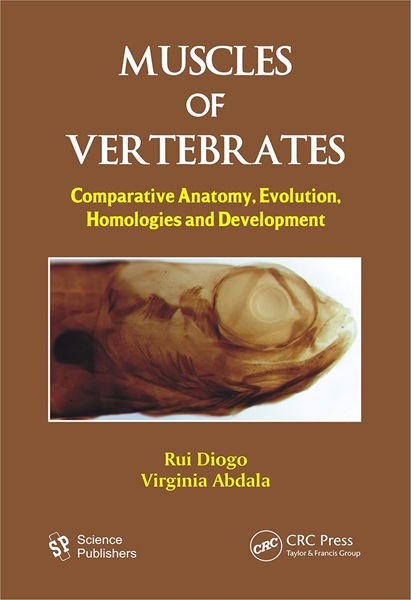
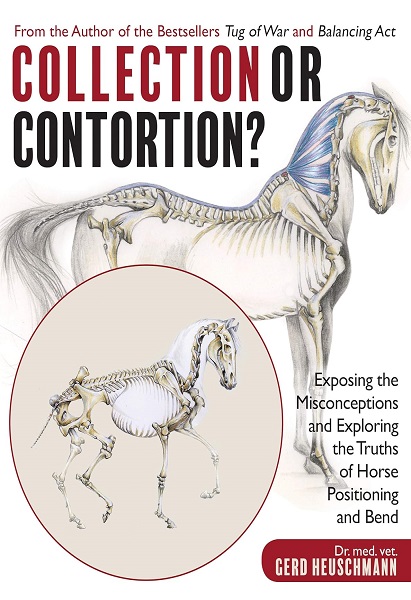
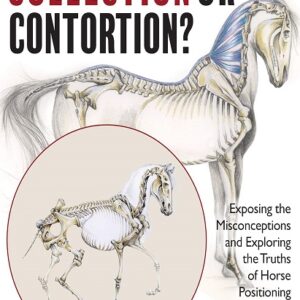
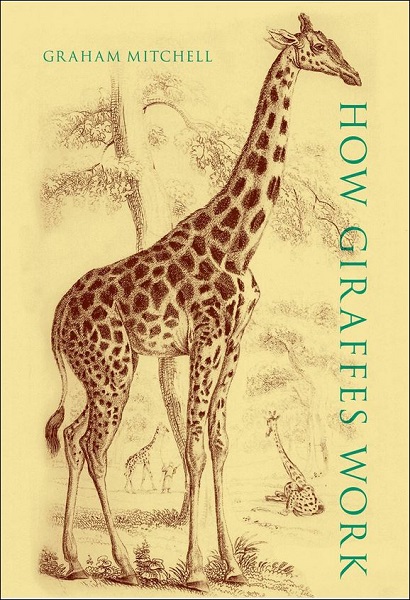

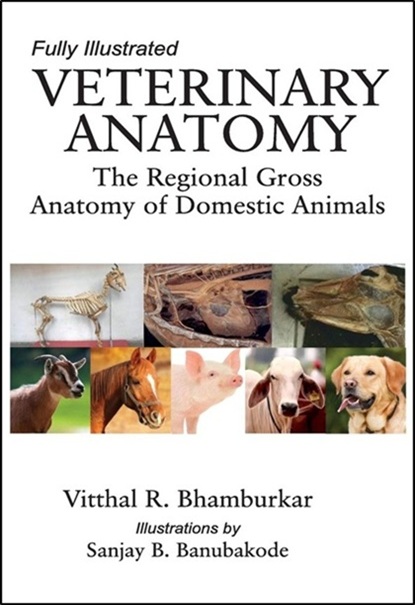

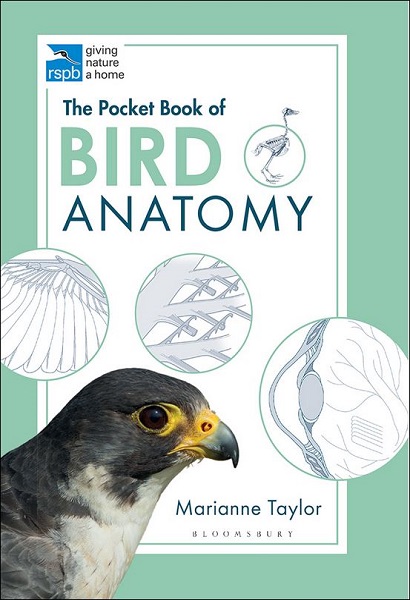
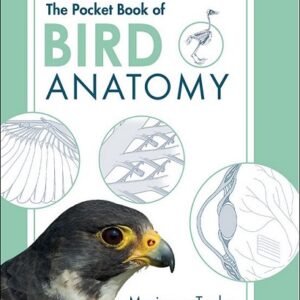
You must be logged in to submit a review.